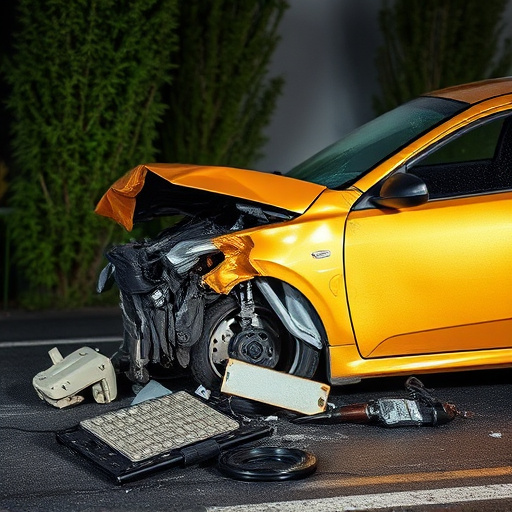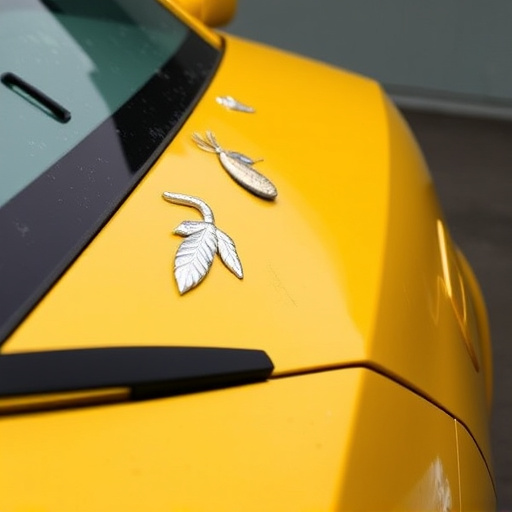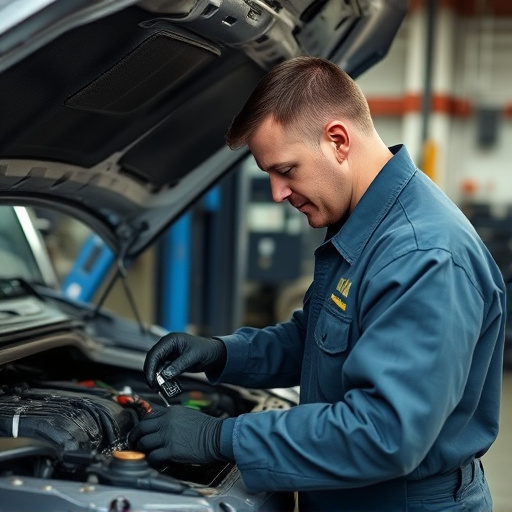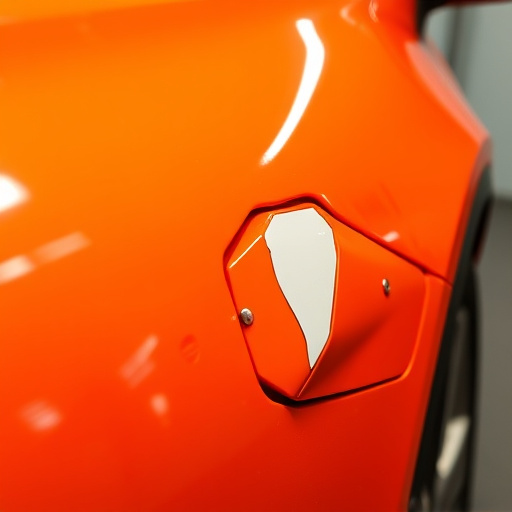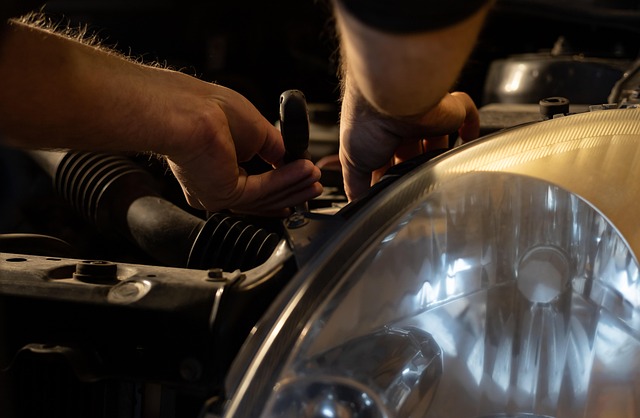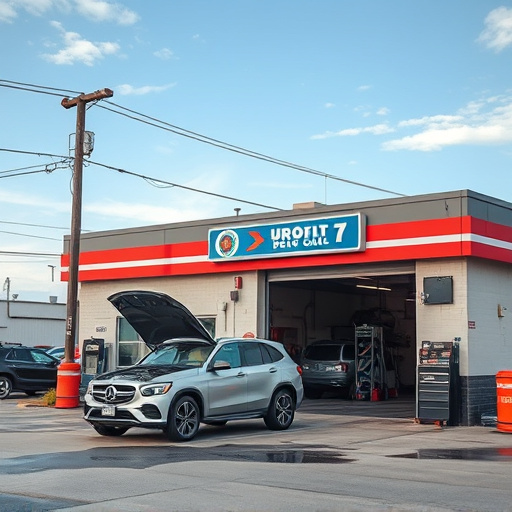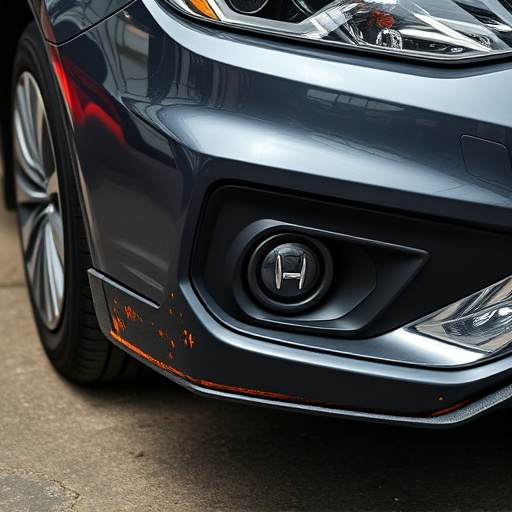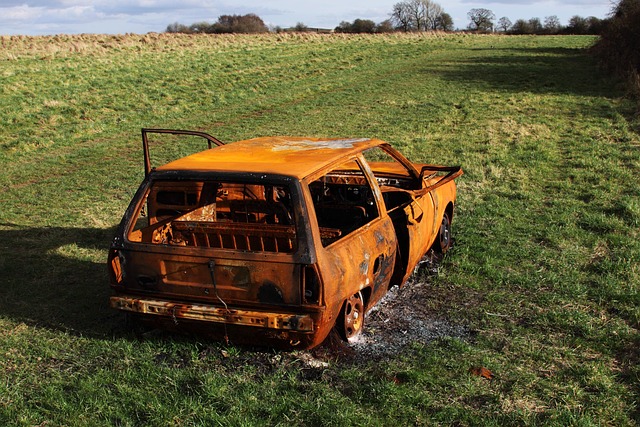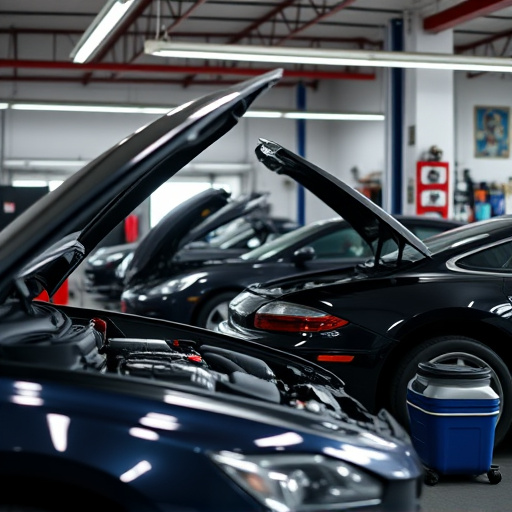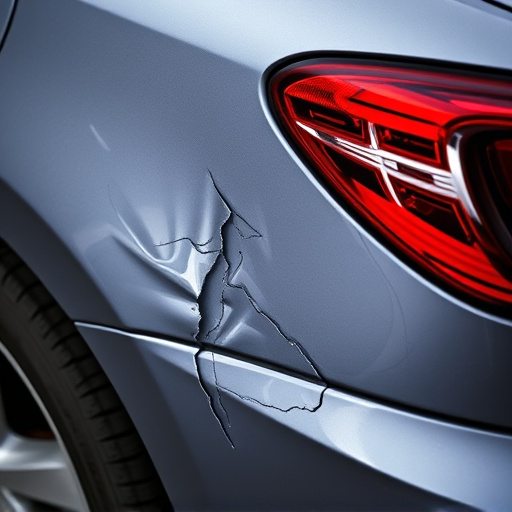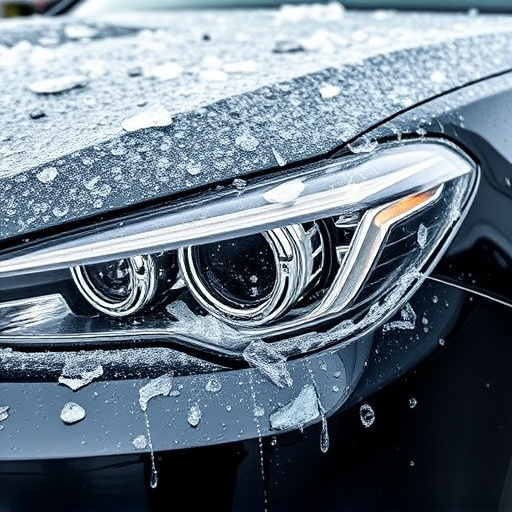Selecting appropriate PDR equipment based on job requirements ensures high-quality results and efficiency in collision repair. Inadequate training on PDR equipment can lead to subpar work, so comprehensive training is crucial for mastering techniques and preserving vehicle appearances. Safety gear and knowledge of the vehicle's structure are vital for using PDR equipment to avoid accidents and damage during auto repairs.
Using PDR (Paintless Dent Repair) equipment can transform your auto body work, but common mistakes can lead to subpar results or worse. This article guides you through three critical areas to avoid: misjudging tool compatibility, inadequate training, and neglecting safety protocols. By understanding these pitfalls and implementing best practices, you’ll ensure optimal use of PDR equipment, achieving superior repair outcomes while prioritizing safety.
- Misjudging Tool Compatibility: Matching Equipment to Job Requirements
- Inadequate Training: Mastering Techniques for Optimal Results
- Neglecting Safety Protocols: Prioritizing Injury Prevention and Damage Control
Misjudging Tool Compatibility: Matching Equipment to Job Requirements
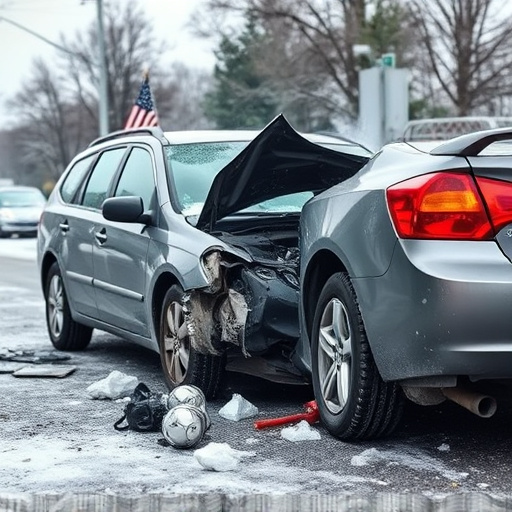
Selecting the right PDR (Paintless Dent Repair) equipment for a job is crucial, as misjudging compatibility can lead to subpar results and wasted time. It’s essential to understand that different tools are designed for specific tasks within collision repair or car body restoration processes. For instance, while a heavy-duty puller might be ideal for removing large dents from metal panels, it may not be suitable for delicate areas of a Mercedes-Benz collision repair due to its potential to cause further damage or leave marks.
Before using any PDR equipment, technicians should carefully consider the job requirements and match them with the right tools. This involves understanding the type of dent (e.g., shallow, deep, complex), the material being worked on (lightweight, heavy-gauge metal), and the desired outcome (minimizing paint damage, achieving a perfect finish). Correctly matched equipment will enhance efficiency and ensure the best outcomes in collision repair or car body restoration projects.
Inadequate Training: Mastering Techniques for Optimal Results
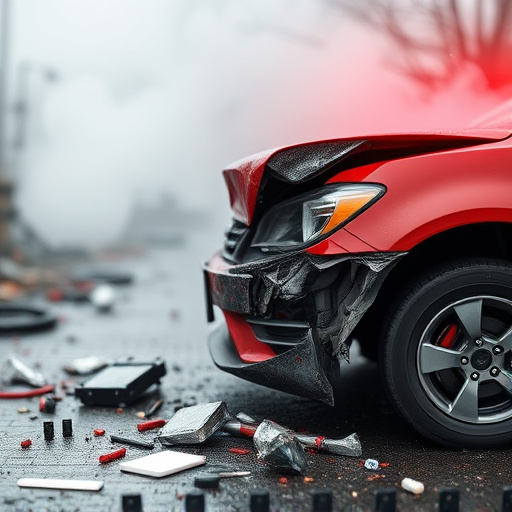
Inadequate training on PDR equipment is a common mistake that can lead to subpar results in tire services, bumper repairs, and car scratch repair. Proper technique is paramount to achieving optimal outcomes with minimal damage to the vehicle’s finish. Professional-grade PDR tools require skill to use effectively, and without proper instruction, users may inadvertently cause further damage or leave unsightly marks.
Investing time in comprehensive training ensures that individuals handling PDR equipment understand the nuances of different techniques for various repair tasks. This mastery allows for precise application, resulting in seamless repairs that are nearly invisible, preserving the car’s original appearance. Adequate training also instills confidence, enabling technicians to handle even complex cases with ease and efficiency.
Neglecting Safety Protocols: Prioritizing Injury Prevention and Damage Control
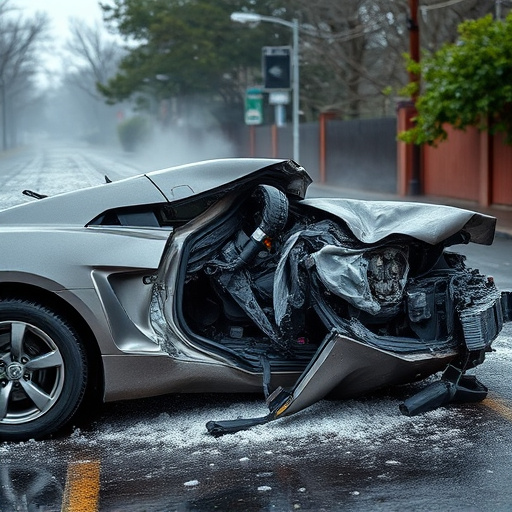
When using PDR equipment for auto repair services, safety should never be an afterthought. Neglecting proper safety protocols can lead to serious injuries and significant damage control issues. Before operating any PDR tools, ensure all safety gear is in place, including gloves, eye protection, and protective clothing. Additionally, familiarize yourself with the vehicle’s structure, especially its fragile components, to avoid causing unnecessary harm or damage during the repair process of even minor fender benders.
Proper training is key to preventing these mistakes. Learn the correct techniques for using PDR equipment to minimize the risk of accidents. Remember, your safety and that of others around you should always be the top priority when working with any tools, especially those designed for intricate vehicle bodywork repairs. A moment’s negligence could result in a lifetime of consequences, so stay alert, follow safety guidelines strictly, and keep an eye on every step of the repair process.
When utilizing PDR equipment, avoiding common pitfalls is key to achieving optimal results. By ensuring tool compatibility with specific job requirements, investing in adequate training, and strictly adhering to safety protocols, professionals can minimize errors and maximize efficiency. Remember, proper preparation prevents poor performance – a simple yet effective approach for successful PDR work.

